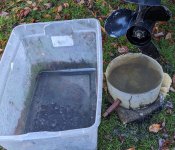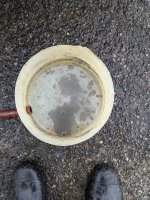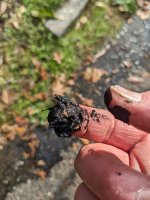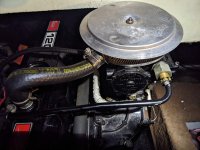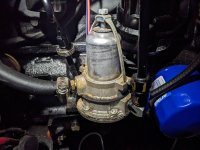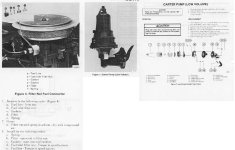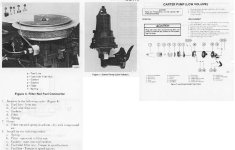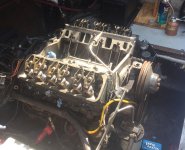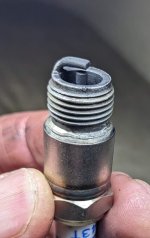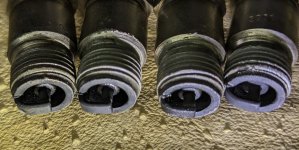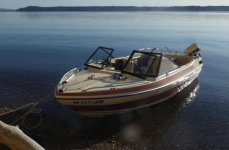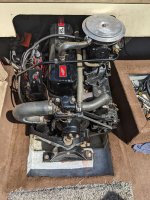MIke Dempster
Member
I've got a 1984 Mercruiser 120 system in an 18' "Mercedes" runabout. Engine has been running beautifully. Recently replaced exhaust manifold and riser. Drained oil from engine at the end of the season, but didn't have an oil filter, so left it empty of oil for a week. Did not drain water from block during that week. Weather did not reach below freezing during that week. Put on new oil filter, added 4 qts of 30 weight oil, started up with garden hose on earmuffs, ran really rough, which was a surprise, and I noticed a lot of black oily stuff on the ground where the water came out of the prop hub discharge. After about 5 min of running, the oily discharge was less, and the engine ran fine again. Let it sit overnight, started up again, ran perfectly for about 45 seconds, then started to cough and sputter and again black oily goo was in the discharged water. Photos attached. The black stuff seems more sooty than oily. I removed the thermostat, no oily coating, no water on oil dipstick. What the heck? I'd very much appreciate any ideas!


